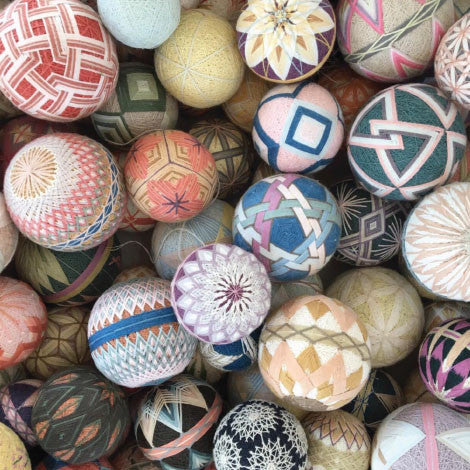Issue 70 Delicate (digital only)
Selvedge Magazine
Couldn't load pickup availability
Please note this issue is only available digitally
May/June 2016
"SILK IS PRODUCED BY MANY INSECTS, but generally the silk used for textile manufacturing is produced by the Bombyx mori moth whilst a caterpillar. Ironically the silk moth, which is responsible for the production of some of the world’s most precious fabrics, is closely related to Tineola Bisselliella, the clothes moth that can wreak havoc on our most treasured fibres and forms the biggest threat to textile collections worldwide. In this issue Eirlys Penn investigates how museums are protecting their collections. However, even with the best will in the world it is easy to fall victim to the tirade of the clothes moth at home and you may have to resort to repair, which is by no means a disaster. Joan Gormanno creates charming patches to cover moth holes in your favourite cashmere. We also look at the history of darning, from the exquisite samples produced by the student teachers at Whitelands College, to the Japanese art of boro – worn, torn and old patched clothes and textiles which have recently become highly desirable works of art. Kuon is a contemporary fashion brand who translate the boro aesthetic and philosophy into contemporary pieces. Tim Parry-Williams, expert on Japanese textiles and guest editor for this issue, explores what is on offer in the weaving town Fuji-Yoshida.
Caring for our valued textiles is not a new phenomenon. In the 17th century the care of linen was a major preoccupation, as we see in the forthcoming Undressed: A brief history of underwear at the V&A. Block soap, similar to that produced today by Marius Fabre, was a domestic essential as the whiteness of one’s linen was a reflection of one’s moral character. We look forward to a linen clad summer with many a new fair and workshop to enjoy."
Polly Leonard, Founder & Editor of Selvedge Magazine
Tallenna
Share










A truly enjoyable read
This magazine is a joy to read on every level. It is well researched, interesting and beautifully written. It cleverly connects the distant past with cutting edge current practice and has inspired me to learn more about both. Now I want to read more!
Visually very satisfying and intellectually stimulating
I always find Selvedge Magazine visually very satisfying and intellectually stimulating. I have all the issues in my library and will have to find a good institution to donate then to when the time comes. I remember getting issue 00 at some conference or meeting in the US when you were first starting out. Bravo again for so many years of sharing the joy of textiles in all its varied forms with all of us.
Congratulations on your vision!
I’ve just been looking up your magazine, and absolutely love it! It seems like it knits together all the slices of delight that are left over in our soul when we are spent with our daily survival transactions…..congratulations on your vision!
I treasure each issue
Your exquisite magazine - I treasure each issue and feel fortunate to receive it.
Selvedge endlessly nourishes my soul
Selvedge endlesslynourishes my soul. Much love and gratitude to Pollyand the Selvedge clan.












